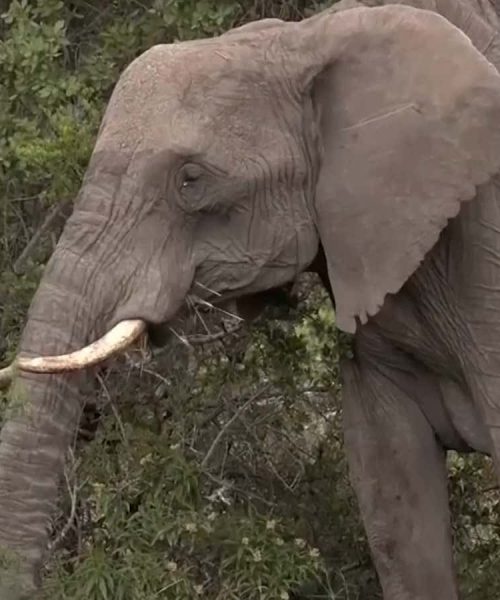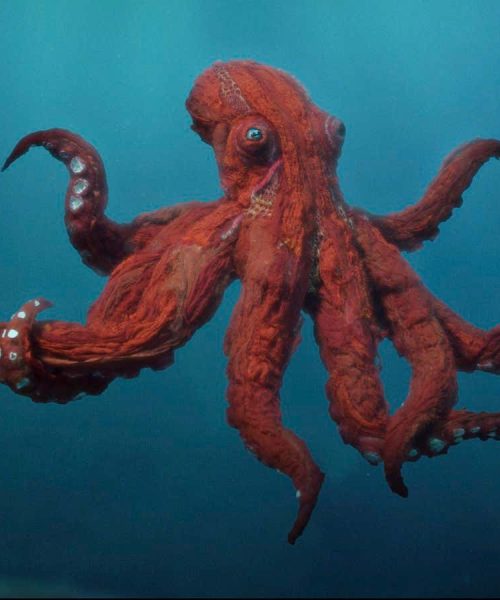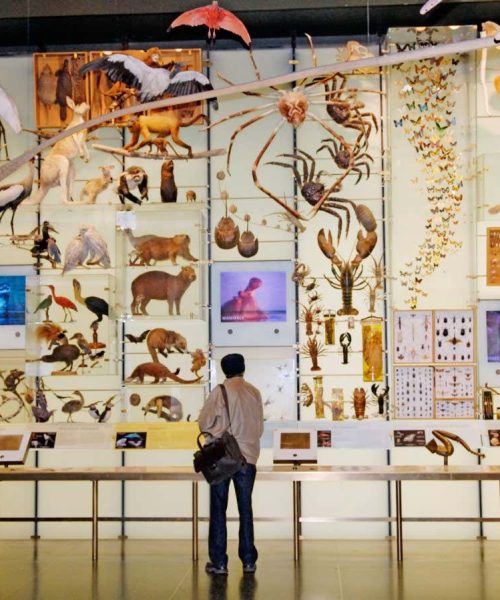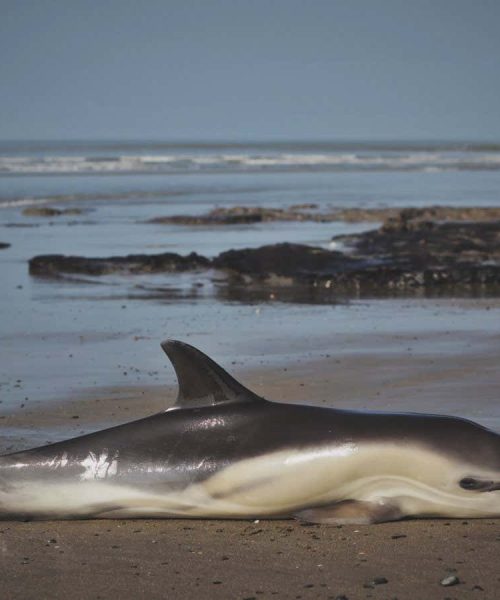
A female octopus broods her eggs near a small outcrop of rock unofficially called El Dorado hill
ROV SuBastian/Schmidt Ocean Institute
Four new species of deep-sea octopus have been discovered on underwater mountains around 3 kilometres down in the Pacific off Costa Rica, according to Schmidt Ocean Institute.
During expeditions in June and December 2023, researchers on the US non-profit organisation’s research vessel Falkor (too) found two low-temperature hydrothermal springs, two octopus nurseries and a skate nursery using a remotely operated vehicle named SuBastian.
Advertisement
Previous expeditions had shown octopus brooding areas near low-temperature springs, but finding these environments was challenging.
Hot hydrothermal vents at a typical 350°C are easy to spot, thanks to plumes of smoke billowing out of the seafloor. But the water temperature of the cooler springs is only about 10°C higher than the seabed’s 2°C average, making them visible only by a slight diffraction of light.
“It looks like it’s shimmering,” says expedition co-leader Beth Orcutt at the Bigelow Laboratory for Ocean Sciences in Maine, another non-profit.
It took multiple dives at various sites to find this subtle sign in the dark. “It’s like walking in a forest you’ve never been in before, with a flashlight, trying to find a hot spring,” says Orcutt. “We were kind of taking a gamble.”
The four new species haven’t yet been formally described, but one has been named the Dorado octopus, after a rock known as El Dorado hill where it was found. A type of Muusoctopus, the females gather to brood their eggs in warmer water.
The researchers are confident the others are new species based on their appearance, says Orcutt. They appear to be solitary, which is more typical of deep-sea octopuses. “They don’t like to have their neighbours nearby,” she says.
These insights into Costa Rica’s unique biodiversity could inform regional conservation policies. “It’s hard to [protect deep-sea wildlife] when you don’t know it’s down there,” says Orcutt.

An octopus nursery on the seabed
ROV SuBastian/Schmidt Ocean Institute
These missions are also helping to inspire and develop local scientific talent through training for early career researchers in how to lead deep-sea expeditions, she says. The 310 specimens collected, which also included sea stars, brittle stars and sea cucumbers, will be housed at the University of Costa Rica’s Museum of Zoology rather than in the US where local researchers can’t easily access them.
With the deep sea facing many threats, including mining, more exploration is needed, says Orcutt: “We’re really just scratching the surface.”
Topics:





